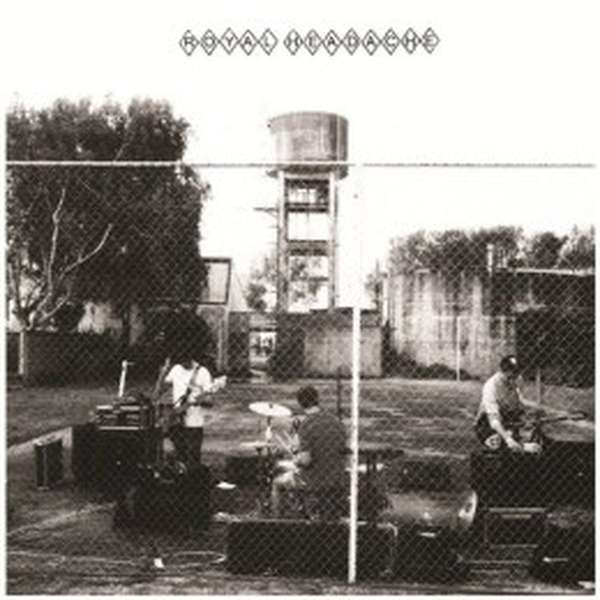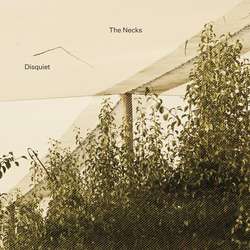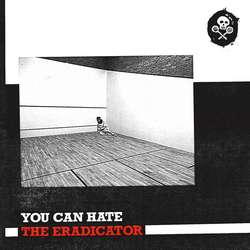Royal Headache has been gathering some hype lately. Their self-titled record is a twelve track piece of high energy garage-punk, blazing past in twenty-six minutes. It’s clean; it’s crisp; yet, it’s also got a driving rhythm section and more than its share of aggression. While the genredrop isn’t necessarily difficult based on their sound, it feels unfair to pigeonhole them, as the album is peppered with influences ranging from Motown R&B to ’77 punk with it all culminating in a pop song—just played super fast and with boundless passion.
The mix here really focuses on vocals and drums, and the one-two punch they deliver is as hyper as a shaken can of Jolt Cola. Singer Shogun’s vocal style drives the record with a tuneful R&B ear and actually singing, not shouting or chanting like most aggressive rock, but it’s the energetic guitar and rhythm section that keep the insanity flowing. In “Psychotic Episode” it sounds as though the band is going crazy, meanwhile Shogun is at his microphone belting calmly away in his own world. There’s a restless energy that leaves your foot tapping, even long after the record has ceased play. When it is still going round, however, it’s almost surprising how different it suddenly feels for two-and-a-half minutes on “Two Kinds of Love” and “Wilson Street,” two instrumental tracks inserted to calm the storm as though both listener and musicians alike need to take a little breather.
The highlights come when Shogun’s vocals slow down a touch, which helps to bring the guitars into focus. “Honey Joy” is a straight-up garage number with a strong melody and a relaxed feel. “Down the Lane” has a 1960s Britpop vibe to it and “Surprise” uses a mid-tempo with some variance. Meanwhile, the faster songs, such as “Pity,” play a sped-up tempo more reflective of contemporary garage-punk like The Marked Men. While the faster songs are all solid, it’s when the tempo fluctuates that individual tracks stand out. With such a hectic, relentless feel to the record, it can often come across as homogenous. Regardless, Royal Headache is a positive listen and I can see it making its way onto mixtapes where the songs can speak for themselves in a more isolated setting. I’m definitely curious to see how the band develops with future releases.







